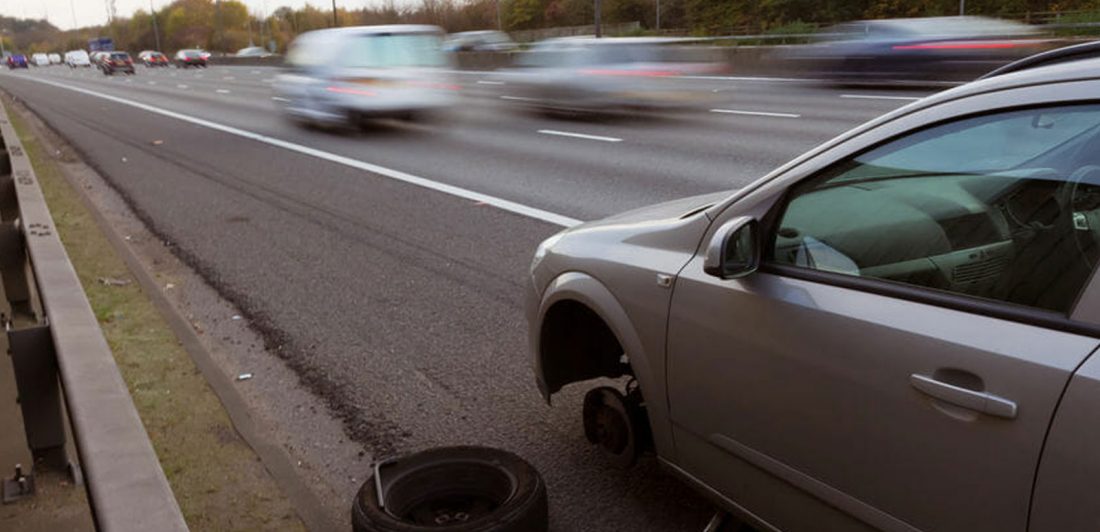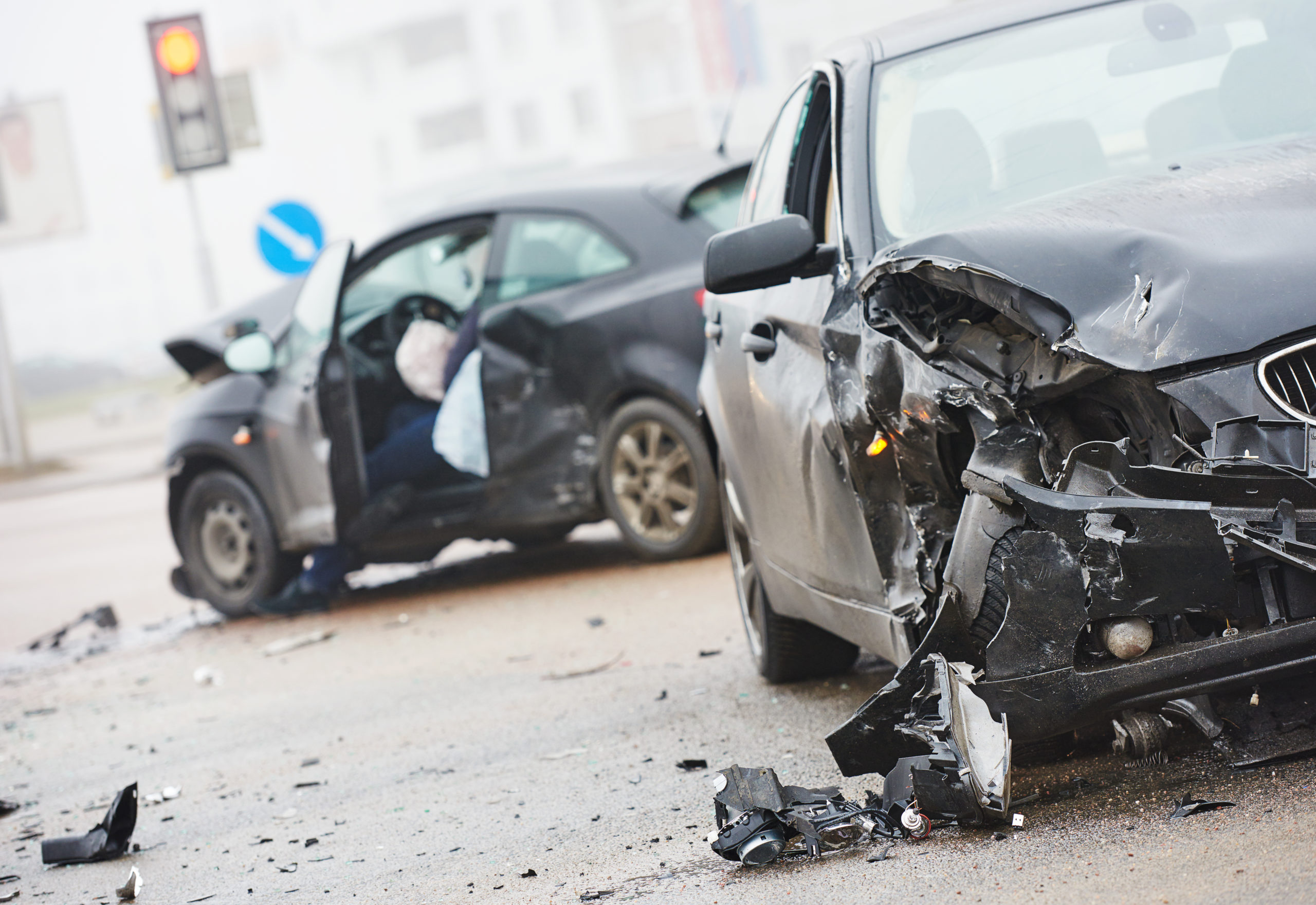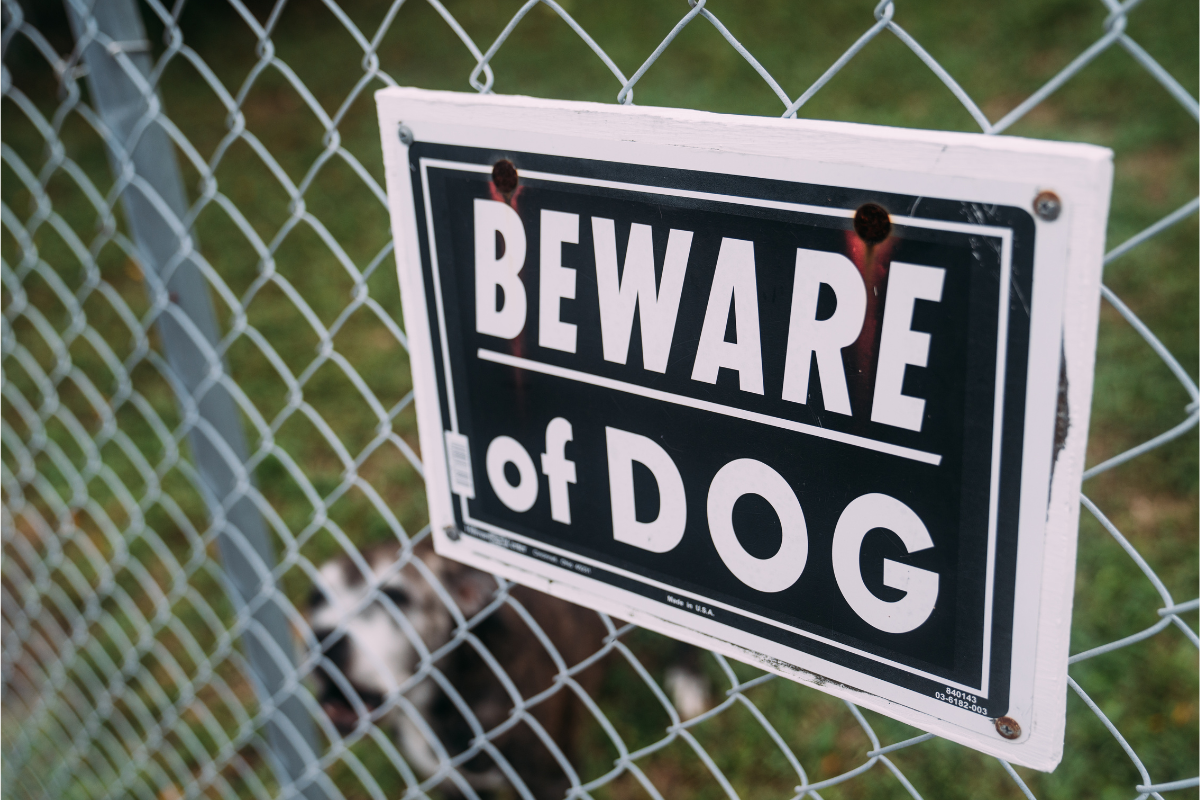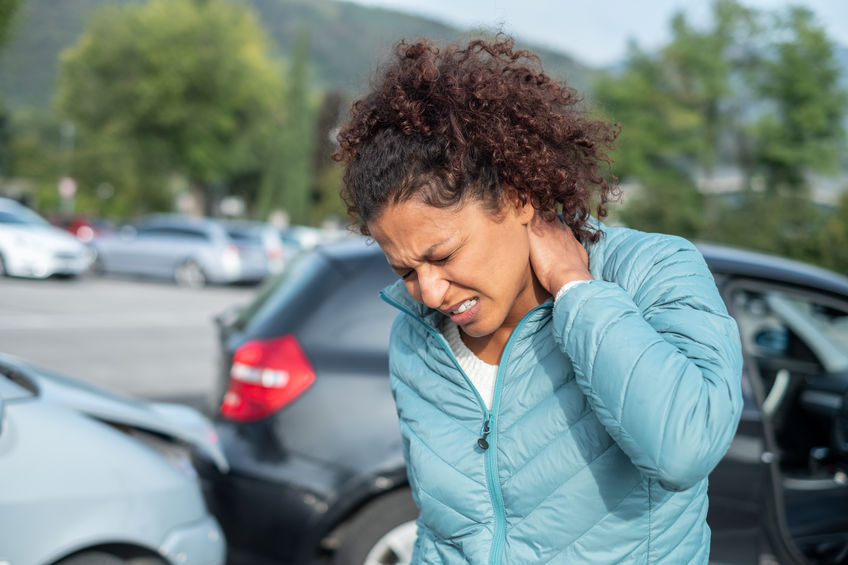We’ve all seen those viral dashcam videos of a car careening off the main highway and hitting another car or person parked on a highway shoulder. These videos are striking reminders of the dangerous situations that can arise from parking on a highway shoulder. When you pull over to the side of the road and exit your vehicle, you're no longer a motorist protected by the safety of the vehicle; you become a pedestrian. The number of pedestrian deaths from motor vehicle crashes accounts for approximately 18% of car crash deaths.
Is It Legal to Pull Over on a Highway Shoulder?
Texas law takes into consideration that people may need to pull over on the highway for various reasons. If you are having car trouble or some other emergency, you can lawfully pull over to the shoulder of the highway. Parking on the shoulder ensures that a driver is not blocking the flow of traffic and is preferable to stopping in a lane. In fact, the Texas code states that a vehicle may park, stop or stand in the following situations:
- Stopping, parking or leaving the vehicle off the main traveled part of the highway is not practicable.
- A width of the highway beside the vehicle is unobstructed and open for the passage of other vehicles.
- The vehicle is in clear view for at least 200 feet in each direction on the highway.
It is never a safe practice to stop along the roadways, however, when there is an emergency, these stops may be necessary.
Why Is Pulling Over on the Highway Shoulder So Dangerous?
According to AAA, pedestrians on the highway account for 10% of all pedestrian fatalities in the United States. On average about 515 pedestrians were struck and killed by a motorist on the interstate each year from 1993-2012. Crashes can occur on the highway shoulder for the following reasons:
- Being there. Simply being near a highway increases your chances of getting hit by a fast-moving vehicle. If you are hit at a high velocity, your injuries will very likely be fatal.
- Side-swipes. Slowing down to pull off onto the shoulder puts you at risk for a car crash. Motorists traveling behind you who are not paying attention could potentially rear-end or side-swipe your vehicle.
- Debris. Most stretches of Texas highways are 70 mph and higher. Wind shear occurs when the vehicles traveling along the highway lift small particles of debris to come whipping toward you at explosive speeds.
- Re-entering. Even if you successfully manage to fix your problem without any of the previous risks occurring, you still have to re-enter traffic. To do so successfully, you must get back up to speed with dozens of cars racing past you.
While pulling to the shoulder can be risky, a disabled vehicle sitting on a Texas highway carries far more serious risks. When you have no other choice but to pull over to the shoulder, the eight tips below can help you stay as safe as possible.
8 Tips for Stopping on the Highway Shoulder
Being a pedestrian on a highway shoulder is extremely dangerous. For this reason, if you are not in an emergency, do not stop on the shoulder. Whenever it is possible, drive to the nearest exit. If there is no exit within a reasonable distance and you are in an emergency, consider the following tips for stopping on the highway shoulder.
1. Take your foot off the accelerator.
When you run into trouble on the road, don’t slam the brakes. You never know what other drivers are doing behind you or if they’re paying attention to what's happening in front of them. Instead, gently and smoothly take your foot off the accelerator to gradually slow down.
2. Signal your intentions to drivers around you.
There is nothing scarier (or more annoying) than a driver who cuts into your lane without warning. Don’t do it to others. If you have an emergency of some sort and need to pull over, use your blinkers to warn other drivers that you are intending to switch lanes. If possible, use your hazard lights to indicate your situation to the drivers around you.
3. Pull to the right side.
The right lane is typically the slowest lane. Because high speeds limit reaction times and visibility, the right side of the road is generally safer.
4. Pull off the road as far as possible.
This seems like common sense, however many people fail to follow through on this. Even when the shoulder is wide enough, you should try to pull over as far as possible. It’s best to put as much space as possible between your car and the roadway. In fact, if the ground next to the pavement is even, you may want to consider pulling off the shoulder entirely.
5. Put the parking brake on.
Ensuring your parking brake is on will keep your vehicle from easily rolling if hit.
6. Stand on the side furthest from traffic.
If a car does come careening off the road and plows into your car, you want to be standing on the other side of the car. In fact, it is in your best interest to stand a couple of hundred feet away from the vehicle and off to the side. A car traveling at a high speed can push a stopped car hundreds of feet.
7. Make sure you’re visible.
Often, accidents occur because drivers simply don’t see that someone is on the side of the road. Flags, flares and other hazard indicators can warn others of your presence on the highway shoulder—especially, at night.
8. Call for help immediately.
If you don't have the equipment to change your tire or if you spend several minutes trying to start your car—call a tow truck. Every minute you are on the side of the highway puts you at serious risk. Your priority should be your safety, not your car and not saving money.
Keep Up with Vehicle Maintenance to Avoid Shoulder Stops
The best way to avoid highway shoulder pedestrian crashes is to reduce the likelihood of needing to pull over on the shoulder. Without basic car maintenance, you may end up in a situation where you are broken down on the side of the road. The best way to avoid dangerous highway shoulder stops is to keep your vehicle operating at its best. Before you hit the road, make sure to check your car for any potential issues.
Check Your Vehicle’s Coolant
Coolant ensures that your vehicle doesn't overheat. One of the many reasons your vehicle may break down on the road is from overheating. The effects of poor coolant maintenance can be catastrophic and irreversible, so before you hit the road, make sure your coolant is at an appropriate level.
Ensure Tires Are Properly Inflated and Without Damage
Tires are, arguably, the most important part of your vehicle. They are your first line of defense for both performance and safety. Worn or underinflated tires can be a ticking time bomb, leading to blowouts on highways and interstates.
Look at Your Brakes
Before hitting the road, take your tires off to look at your brake pads. Ensure your brake pads don’t have crumbling edges or heavy discoloration. In addition, checking your brake fluid is just as important. If your brake fluid degrades in any way, it can reduce braking performance and, in serious cases, lead to complete brake failure.
Check Your Transmission Fluid
Vehicles with an automatic transmission have automatic transmission fluid. Your transmission fluid should be at the level recommended by the manufacturer and a bright shade of red.
Have Routine Oil Changes
An oil change consists of removing old oil from a vehicle’s engine and replacing it with new fresh oil. This helps keep your vehicle lubricated and absorbing heat. Oil allows the internal parts to work together effectively without overheating. Changing the oil before it breaks down will lessen the likelihood of major engine troubles.
Check for Recalls
Recalls ensure safety by addressing failures to meet federal minimum standards. Manufacturers make voluntary recalls to ensure that a safety issue is addressed prior to causing serious injuries or fatalities because of a defect.
We Care. We Can Help.
People take more road trips during the summer months. Without properly caring for their vehicle, they run the risk of highway shoulder pedestrian crashes. Unfortunately, injuries stemming from these types of crashes can lead to complex situations for victims. If you or someone you love has been injured in a crash, our caring and compassionate legal teams are here to help.




